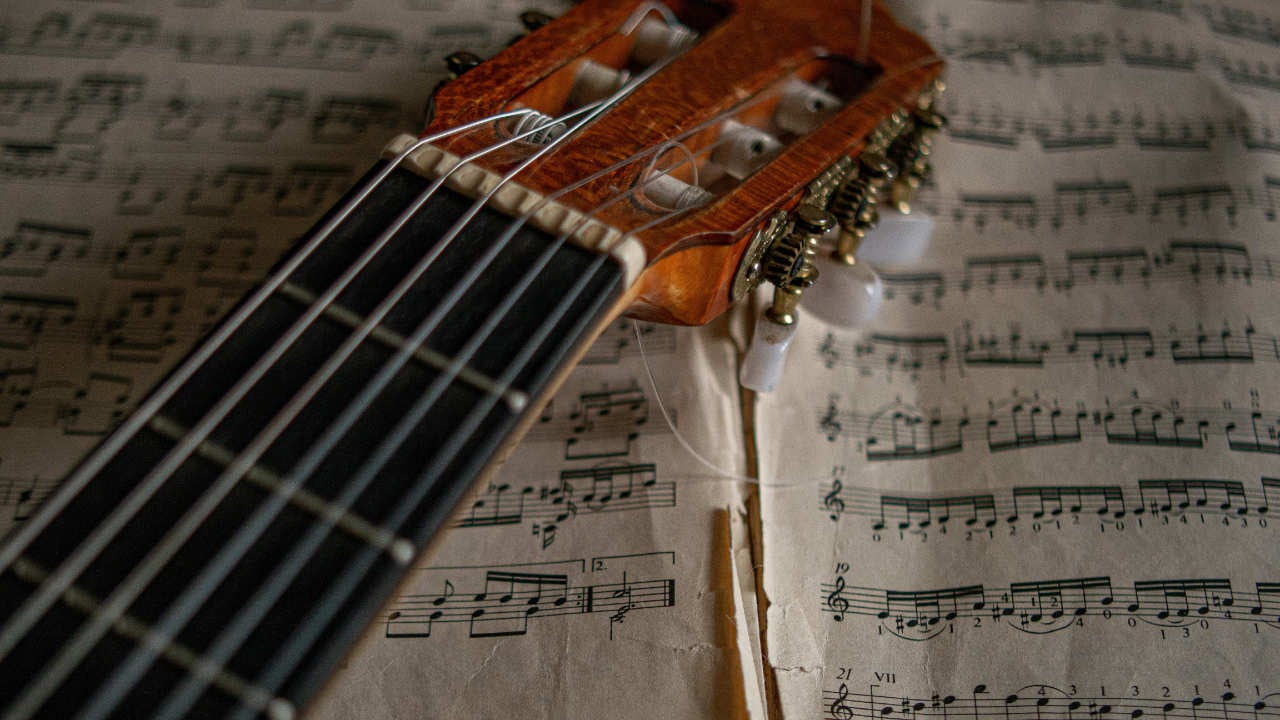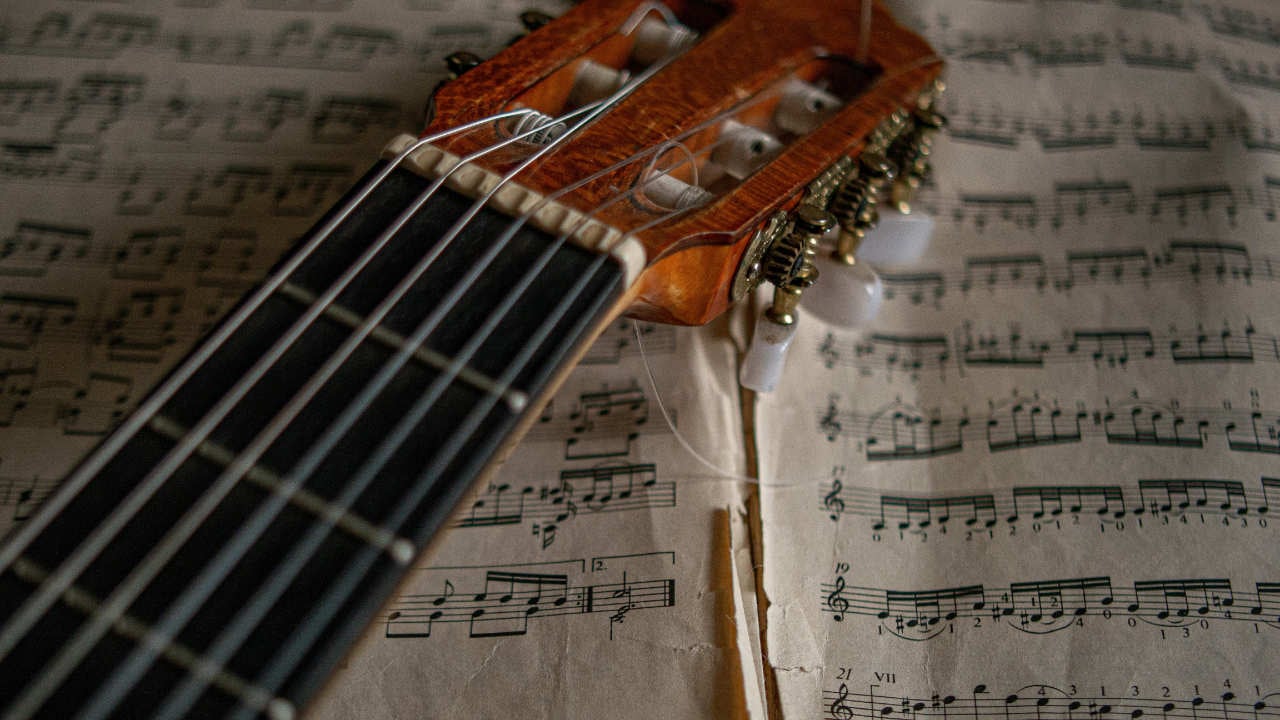The classical guitar is a beautiful and versatile instrument that has captured the hearts of many musicians and music lovers throughout history. With its soft, warm tone and delicate strings, the classical guitar has been used to create a wide range of music, from traditional folk songs to complex classical compositions.
Its origins can be traced back to ancient times when various plucked stringed instruments were used in different cultures. However, it was not until the 16th century that the guitar started to evolve into its modern form.

Early Origins of the Guitar
The guitar’s origins can be traced back to the ancient world. Many cultures had plucked stringed instruments, such as the lyre in ancient Greece and the sitar in India. The Moors brought the oud, a lute-like instrument, to Spain in the 8th century, which would eventually influence the development of the guitar.
During the Renaissance, the lute was a popular instrument in Europe. The lute had a pear-shaped body and was usually played with a plectrum or fingers. It had a variety of tunings and was used for both solo and ensemble playing. The lute’s popularity eventually waned, but it paved the way for the guitar.
The Evolution of the Guitar
The guitar, as we know it today, started to take shape in the 16th century. The first guitars were smaller than modern guitars, with four pairs of strings. They were usually tuned to a major chord and were primarily used for accompanying singing.
In the 18th century, the guitar underwent significant changes. It became larger and gained a fifth string. The tuning changed to a six-string configuration, which is still used today. The guitar also became more versatile and was used for both solo and ensemble playing.
During the 19th century, the guitar underwent further changes. It became more refined, with better construction and higher-quality materials. This led to improvements in tone and volume, making the guitar more suitable for concert performances.
The Classical Guitar in the 20th Century
In the 20th century, the classical guitar became an increasingly popular instrument. This was due in part to the efforts of classical guitarists such as Andres Segovia, who helped to elevate the guitar’s status as a serious concert instrument.
The guitar also became more versatile, with the introduction of new playing techniques and the use of amplification. Guitarists began to experiment with different styles of music, such as jazz and rock, which helped to increase the guitar’s popularity even further.
Today, the classical guitar is used in a wide range of musical genres, from classical and flamenco to jazz and popular music. It continues to evolve and adapt, with new innovations in guitar design, playing techniques, and musical styles.
Notable Figures in the History of the Classical Guitar
Throughout history, there have been many notable figures who have contributed to the development and popularity of the classical guitar. Here are just a few of them:
Gaspar Sanz was a Spanish composer and guitarist who lived in the 17th century. He wrote a treatise on guitar playing, which was one of the first to be published in Spain. His music is still played today and is considered a valuable source of early guitar music.
One of the most famous classical guitar composers of this time was Francisco Tárrega. Tárrega was born in Spain in 1852, and he was one of the first guitarists to develop a solo repertoire for the instrument. He wrote many beautiful pieces for the guitar, including “Recuerdos de la Alhambra” and “Capricho Arabe,” which are still popular today.
Andres Segovia was a Spanish guitarist who lived in the 20th century. He is widely regarded as one of the greatest guitarists of all time and helped to establish the guitar as a serious concert instrument.
If you liked this article, please consider signing up for the Monthly Newsletter.




Comments ()